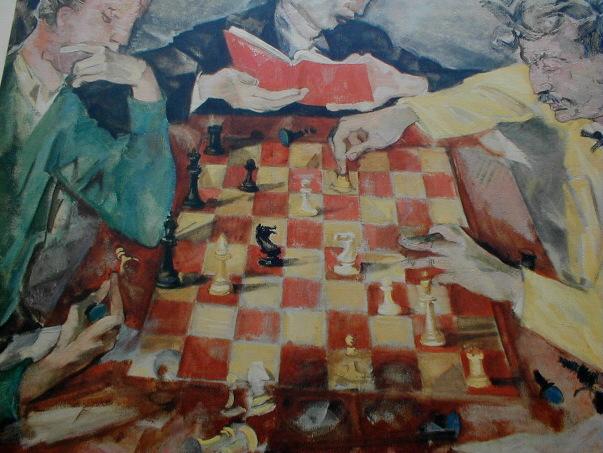Mastering the Chess Openings book
During the last minute, I decided to switch my wife's valentine gift to me Alburts The chess openings as white to Mastering the Chess Openings Volume 1 by John Watson. I am very pleased with this book.
This book is the authors attempt to write a general opening book in a Logical Chess: Move by Move style. This Volume addresses only open and semiopen games and picks a few lines of each which are covered in depth with the goal of teaching the reader the idea behind the chess opening. It is not meant to be a repertoire book or do a deep dive into 2000 ways to play the French.
The first 86 pages speak to the nature of chess openings, opening ideas and positional features and the significance of structure. It then has chapters on some of the major openings: Giuoco Piano, Two Knights, Ruy Lopez,Kings Gambit, Sicilian, French. Each of these only have a few lines and discusses them in details. These lines are picked for their instructional value and are filled with Diagrams, variations as well as general discussion.
The book speaks to some of the common suggestions of chess as applied to specific situations
ie:
Don't Pin the Knight with the bishop in uncastled positions
Don't move too many pawns in the openings
A Rook + Pawn is equal to 2 minor pieces
I have found these rules don't always apply and it is interesting to see the explanations why they do or don't in specific position.
All in all, a well thought out book which Watson and editors must of spent some substantial time on.
This book is the authors attempt to write a general opening book in a Logical Chess: Move by Move style. This Volume addresses only open and semiopen games and picks a few lines of each which are covered in depth with the goal of teaching the reader the idea behind the chess opening. It is not meant to be a repertoire book or do a deep dive into 2000 ways to play the French.
The first 86 pages speak to the nature of chess openings, opening ideas and positional features and the significance of structure. It then has chapters on some of the major openings: Giuoco Piano, Two Knights, Ruy Lopez,Kings Gambit, Sicilian, French. Each of these only have a few lines and discusses them in details. These lines are picked for their instructional value and are filled with Diagrams, variations as well as general discussion.
The book speaks to some of the common suggestions of chess as applied to specific situations
ie:
Don't Pin the Knight with the bishop in uncastled positions
Don't move too many pawns in the openings
A Rook + Pawn is equal to 2 minor pieces
I have found these rules don't always apply and it is interesting to see the explanations why they do or don't in specific position.
All in all, a well thought out book which Watson and editors must of spent some substantial time on.


4 Comments:
At 9:18 AM, Zweiblumen said…
Zweiblumen said…
I've always felt that the two minor pieces are better than the rook and the pawn, and I think that if they were equal then you'd see many more B+N/R+P sacrifices and trades on the f2/f7 squares after kingside castling. I'm generally happy if my opponent goes in for this sort of trade and try to avoid them myself.
At 2:17 PM, takchess said…
takchess said…
Hi
The book and I agree with you.
Taking that trade is a beginners mistake.
That point count is more appropriate in the endgame. There is a four paragraph explanation that goes with it as well.
thanks for your comment. Jim
At 3:31 PM, Temposchlucker said…
Temposchlucker said…
The book sounds interesting.
At 11:01 PM, Anonymous said…
Anonymous said…
Very nice review. Glad to see you are savoring this book as much as I am. At some point I hope you'll get Alburt's COfWE too (especially if you enjoyed COBE).
Post a Comment
<< Home